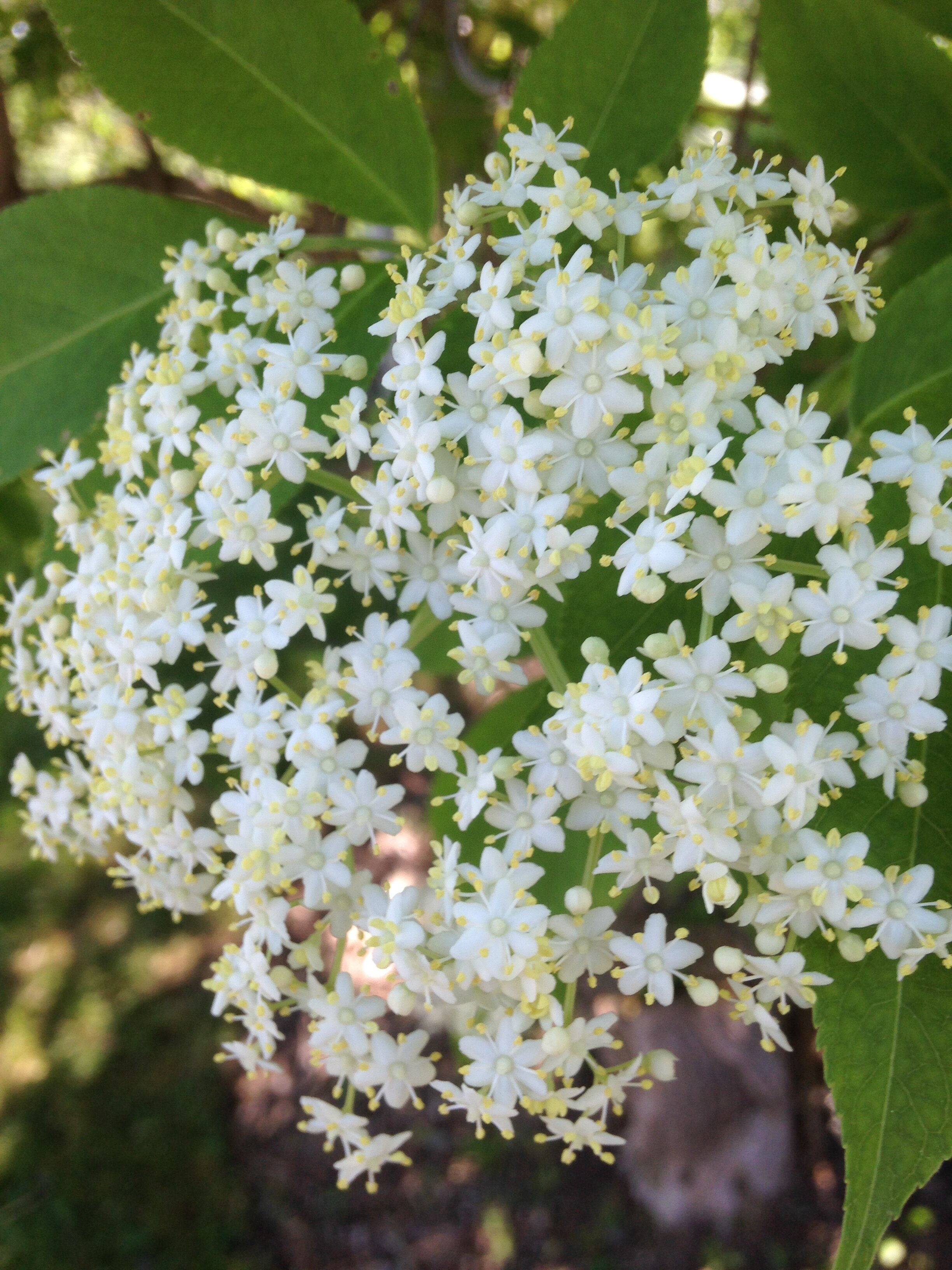Phenology as tracking through time
Elderberry blossoms, from June 29, 2020
You have probably heard of a Phenology journal before, where folks keep track of when specific things happen over a year, or over the course of many years. Say Elderberry flowers for example. They blossom every year, around June 21st, but some years a little before, and other years, a little after. We can notice when this is happening and document it, along with other plants which may be blooming, insects which are visiting the blooms and recording the weather conditions leading up to that bloom (maybe it rained for a week, maybe there was record highs). When we take a broad scope of what is going on out on the land (and by land I mean more than just soil - Weather, Wind, Animal/Floral/Fungal Associates, Moon Cycles, Time, etc.) we can start to hopefully see patterns or abnormalities which might point to insights we didn't have before.
I have a template which I use to document discoveries and things I find out on the land, along with a journal to document specifics related to animal sign, along with a network of friends who also keep track. Through telling stories around what we see, and asking each other questions, and going out to find out some answers to those questions, we create cultures of tracking the landbase. Everyone's eyes and brain and heart is taking notice and we are sharing what we learn. This improves all of our capacities to learn.
This is the model humans evolved with. It is how some of the oldest cultures on earth connected with place and each other. It works pretty well.

